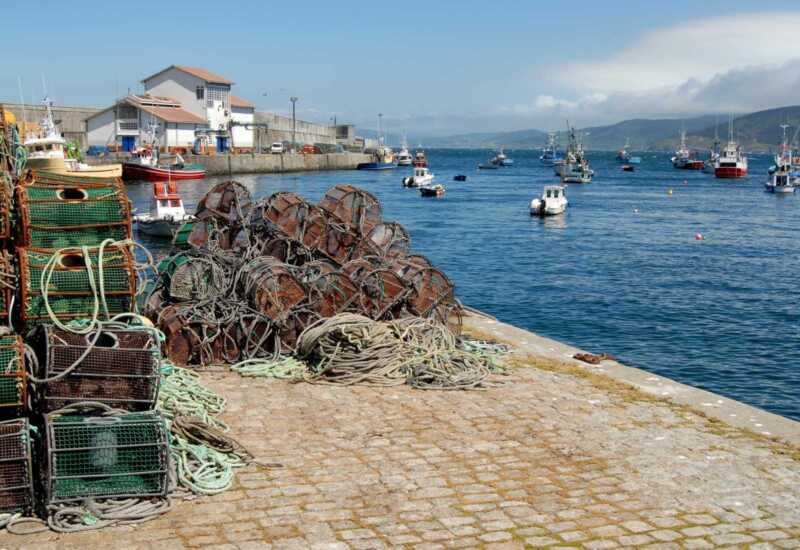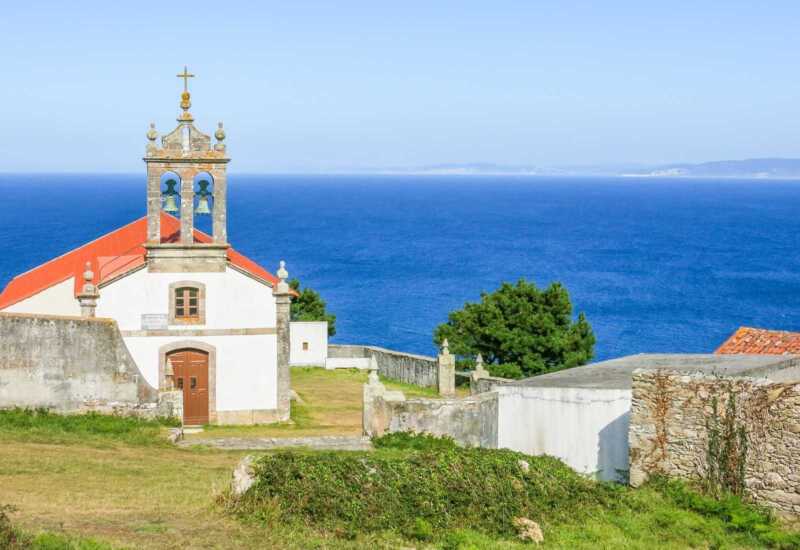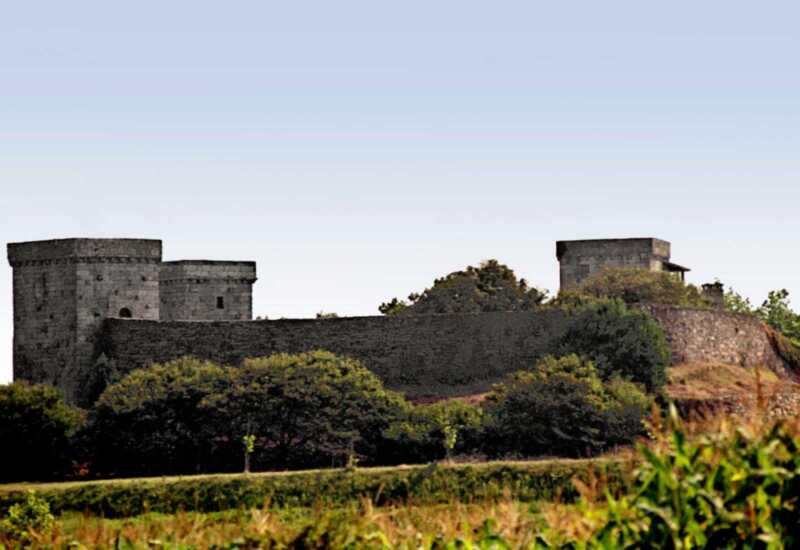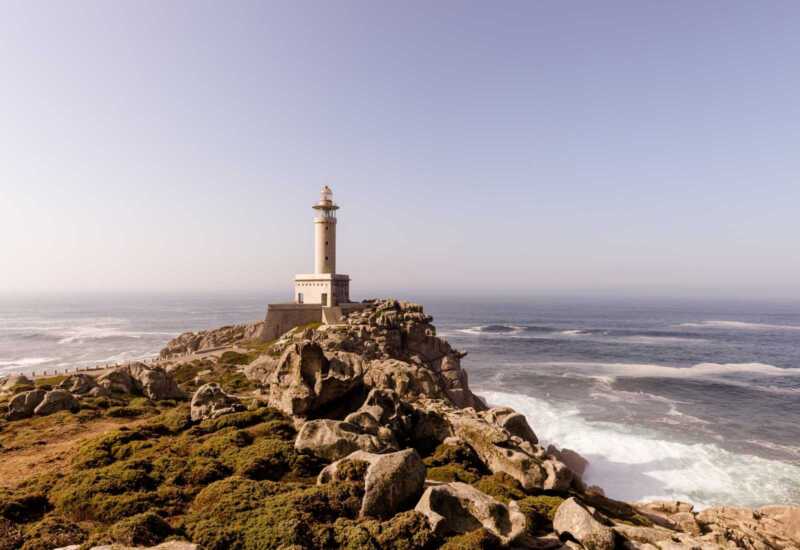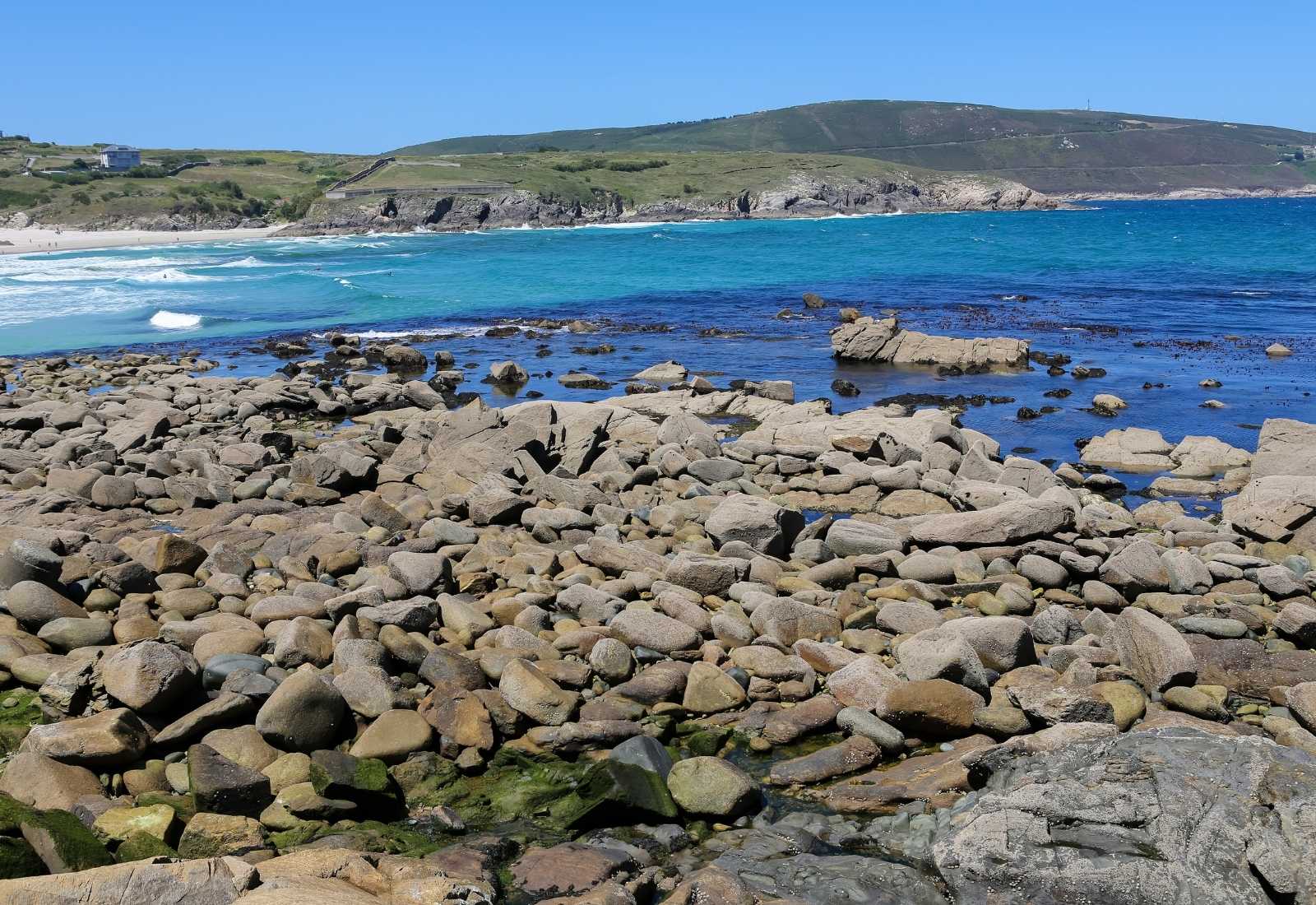
Information about Malpica de Bergantiños
Malpica de Bergantiños, known simply as Malpica, is part of the magical Costa da Morte. Located on the shores of the Atlantic Ocean, it is a town with a great seafaring tradition in Galicia.
Famous for its whaling activity since at least the 17th century, its sheltered port is witness to the tireless work of its seafarers throughout history. Strolling along its quay, kilometre 0 of the Way of the Lighthouses, we can see the whole process necessary for the products of the sea to reach our plate.
What to see and do in Malpica de Bergantiños
“Atalaia” of Malpica
Perhaps the oldest district of Malpica, its name refers to a place of vigilance, high and perhaps fortified in the past, from where the territory and the sea could be watched from possible enemy incursions. Today it is an undeveloped area, with narrow paths and wide viewpoints offering beautiful panoramic views of the Gulf of Ártabro. Access is a bit difficult to find, so you may have to ask a local neighbour for directions.
Malpica Fisherman’s House
Singular building inaugurated in 1956, headquarters of the Fishermen’s Guild of Malpica. In addition to experiencing the seafaring atmosphere and having a drink at the bar, you can enjoy the interior decoration, the work of the famous Galician painter Urbano Lugrís, dedicated to the local fishermen and spread over the two floors and ground floor of the building.
Hermitage of San Hadrian del Mar
Yes, Hadrian with an “H”. The sacred environment of the Hermitage of San Hadrian del Mar had its origin in the pre-Christian pagan cult, as attested by the presence of archaeological remains of the Bico do Castro. It is a simple hermitage, originally from the 16th century, but rebuilt in the 20th century. Legends surrounding the figure of the saint, curative springs, the Stone Cross and the Pilgrimage of San Hadrian (around 16th June), a Festival of Tourist Interest in Galicia, will make this place captivate your curiosity.
Port surroundings
In the port area you can discover what the fisherman’s daily work is like, from the tuning of the boat, the maintenance of the fishing equipment, the arrival of the catch and its sale at the fish market. An authentic livingethnographic museum surrounded by the sea and the sound of the avid seagulls.
Mens Towers
Witnesses to and protagonists of the revolutionary movement of the Revuelta Imandiña in 1467, when they were demolished, it is a fortified complex of castle and house, where its three towers gave protection to the House of Altamira, Galician counts of the late Middle Ages. Listed as BIC (Bien de Interés Culhural), its rehabilitation in 1988 was awarded in 1993 with the Europa Nostra award. They are privately owned and cannot be visited regularly.
Church of Santiago de Mens
Legend has it that an underground passageway linked them to the Mens Towers. Dating from the 12th century and declared a historic-artistic site, you can sense the phases of its construction, and the decoration of the apses with stone dancers and acrobats makes it worth a visit.
Dolmen of Pedra da Arca
Dated between the 4th and 3rd centuries BC, it belongs to the period of splendour of the megalithic culture in Galicia. Recorded as one of the largest in the region, legend has it that it was built by a Muslim woman who, in addition to carrying the stones on her head, spun yarn and breast-fed a child at the same time.
Eco Museum Forno do Forte
Outside the town centre of Malpica you can visit this group of houses and workshops of an authentic potter’s family, a deep-rooted tradition in the whole region of Bergantiños. Refurbished in 1999 for museum use, it is the most emblematic ethnographic site in the region. Be sure to visit it.
Mills of A Ribeira
Bucolic ethnographic set of five mills of granite masonry, they took advantage of the force of the water fall of the Rego dos Muíños before reaching the sea to activate the mechanics of these mills.
Lighthouse of Isla Sisarga Grande
The current lighthouse dates from 1915, built by the inhabitants of Malpica. Until recently the lighthouse keepers lived there, in shifts of 10 or 15 days. It is about 11 meters long and its light reaches 23 nautical miles. If you ask at the port of Malpica, maybe a sailor can take you there in a boat.
Punta Nariga Lighthouse
Modern lighthouse, built in 1998, the work of the renowned architect César Portela, with a lot of work on the Costa da Morte. Its design is reminiscent of a ship, as its triangular base, with a statue as a figurehead, seems to want to break the sea. It is about 50 meters high and its light reaches 22 nautical miles.
Natural heritage
To highlight, the almost virgin beaches of Beo, Seiruga and Barizo, as well as the voluptuousness of its cliffs and the strength of the Atlantic Ocean. A visit to the Mirador de San Hadrian is a must, which offers a suggestive panoramic view of the Sisargas Islands.

